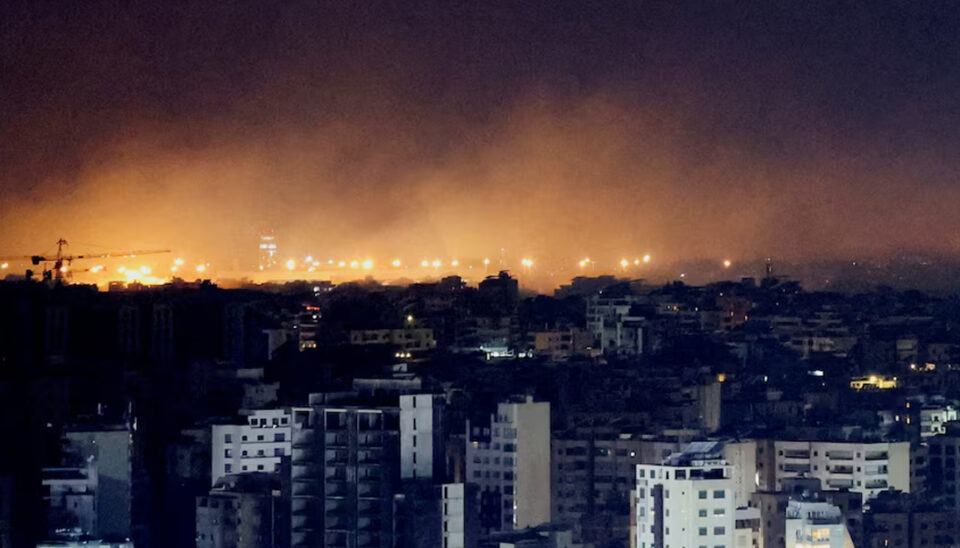Iran Launches Major Missile Attack on Israel, Sparking Concerns of Escalation
JERUSALEM: Iran launched a significant missile attack on Israel late Tuesday in retaliation for the deaths of senior Hamas, Hezbollah, and Revolutionary Guard leaders. This marked one of the largest missile strikes in history, with nearly 200 ballistic missiles targeting the country.
As sirens blared across Israel, its skies lit up with explosions. However, Israel’s advanced defense systems, particularly the Iron Dome, intercepted most of the missiles, limiting damage and preventing casualties within the country.
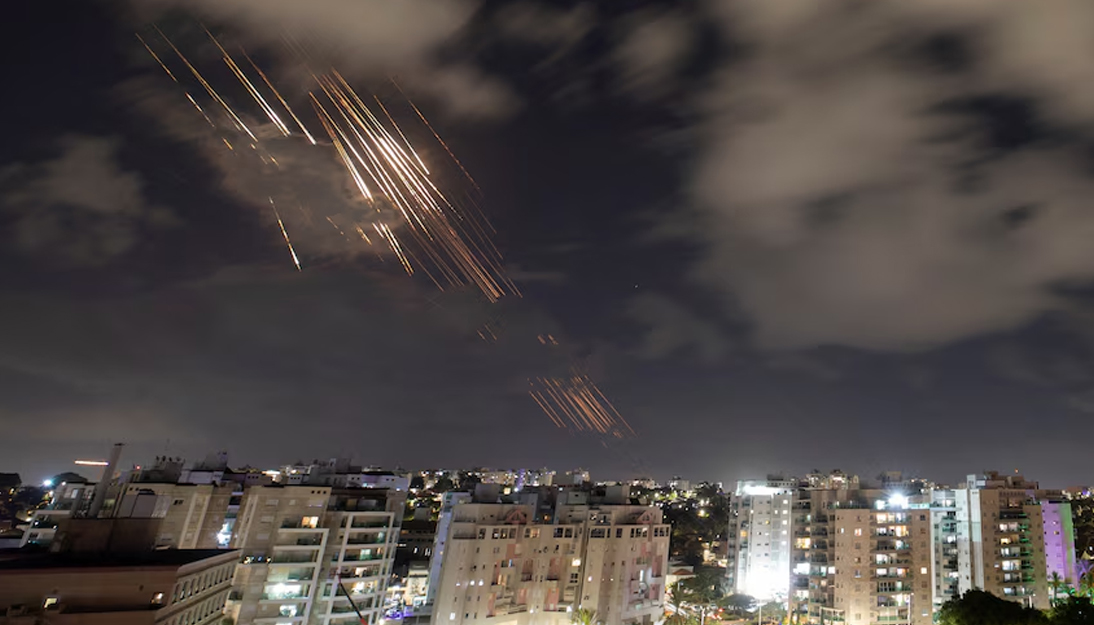
What is the Iron Dome?
The Iron Dome, regarded as one of the most sophisticated air defense systems in the world, played a critical role in defending Israel. The system is designed to detect and neutralize incoming short-range rockets, missiles, and even drones. Utilizing radar to track potential threats, it deploys interceptor missiles that destroy incoming projectiles before they reach populated areas. If the system determines a rocket will not hit a significant target, it ignores the threat to conserve resources.
Since becoming operational in 2011, the Iron Dome has intercepted thousands of projectiles, especially from militant groups like Hamas and Hezbollah. With 10 batteries strategically placed across Israel, the system can protect urban centers from rockets with ranges of four to 70 kilometers. A naval version was introduced in 2017 to safeguard maritime assets.

What Are Ballistic Missiles?
Ballistic missiles, which were central to Iran’s attack, are powered by rockets that launch them into the sky before they follow a free-falling trajectory toward their targets. These missiles can achieve high speeds and altitudes, striking their targets with tremendous force. Iran’s strike, utilizing over 180 ballistic missiles, has been called “record-breaking” by experts.
Iran’s Fattah Missiles
For the first time, Iran used its hypersonic Fattah missiles in this attack. These missiles can travel at speeds of Mach 13-15 and have a range of 1,400 kilometers. Despite Iran’s claims that 90% of the missiles hit their targets, Israeli reports suggest that only a few landed in central and southern Israel.
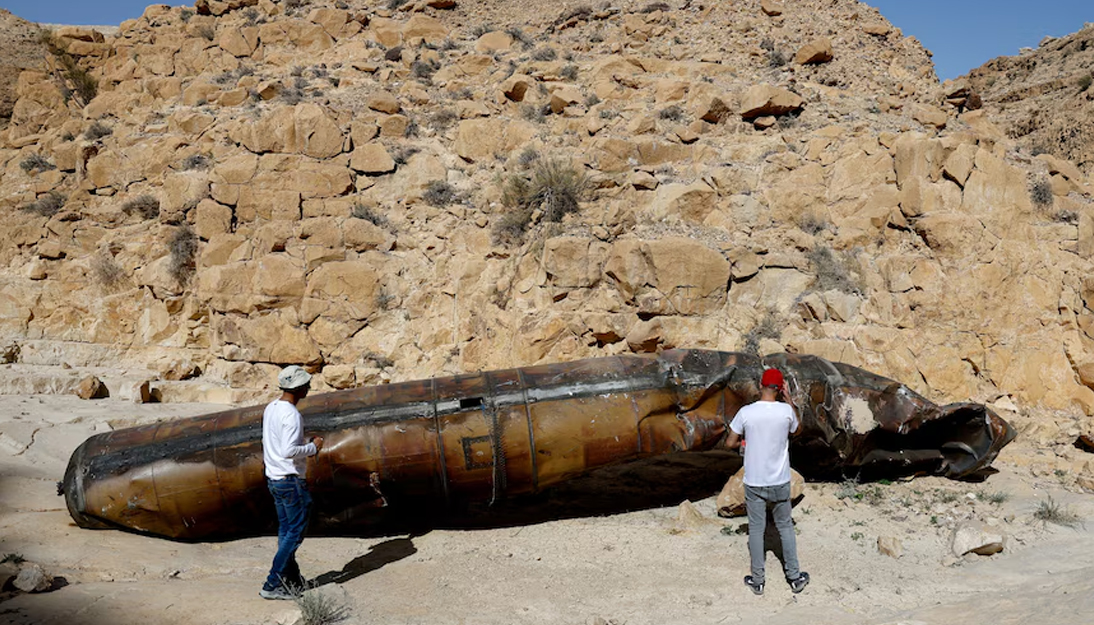
Israel’s Multi-Layered Defense
While the Iron Dome intercepted the majority of the missiles, Israel’s defense also relied on other systems like David’s Sling and the Arrow 2 and 3 systems. This multi-layered approach, developed in cooperation with the U.S., protects Israel from a range of threats, from short-range rockets to long-range ballistic missiles. The defense network even reaches beyond the Earth’s atmosphere, providing protection from high-altitude threats.
Despite the scale of the attack, Israel’s defenses remained resilient. However, some damage was reported, including a school in the city of Gadera being hit by a missile. There were no casualties in Israel, though one man in the West Bank was killed.
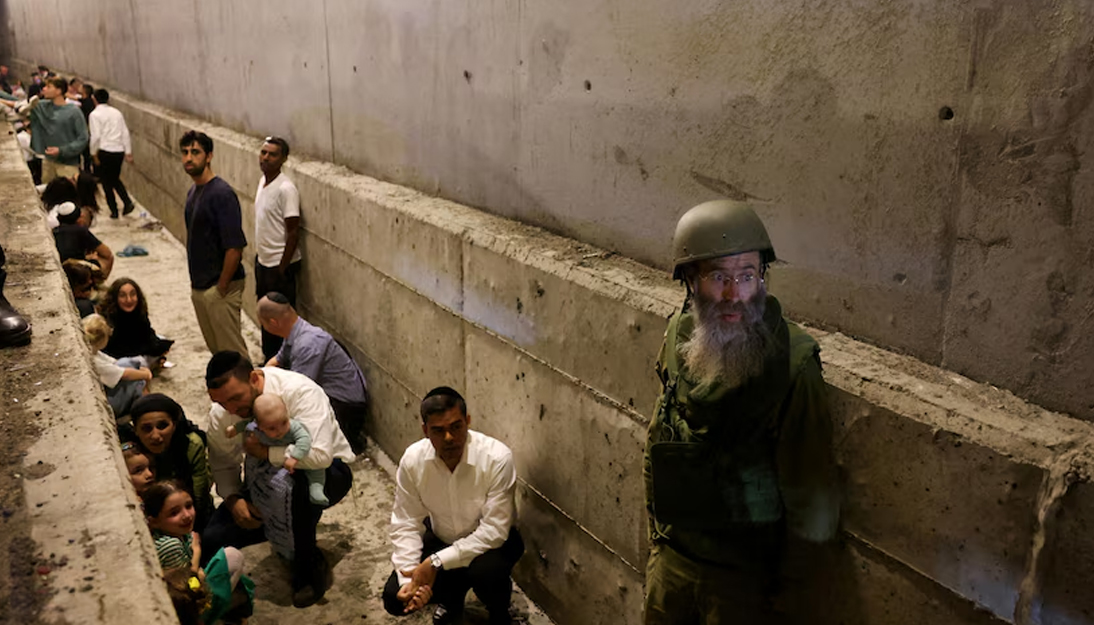
Why Did Iran Attack?
Iran has framed the missile strike as a defensive action targeting Israeli military facilities. The attack was in response to the killings of Hamas leader Ismail Haniyeh, Hezbollah leader Hassan Nasrallah, and senior Revolutionary Guard commander Abbas Nilforooshan. This came amid rising tensions following Israel’s military actions in Lebanon, where it has conducted localized raids on Hezbollah positions.
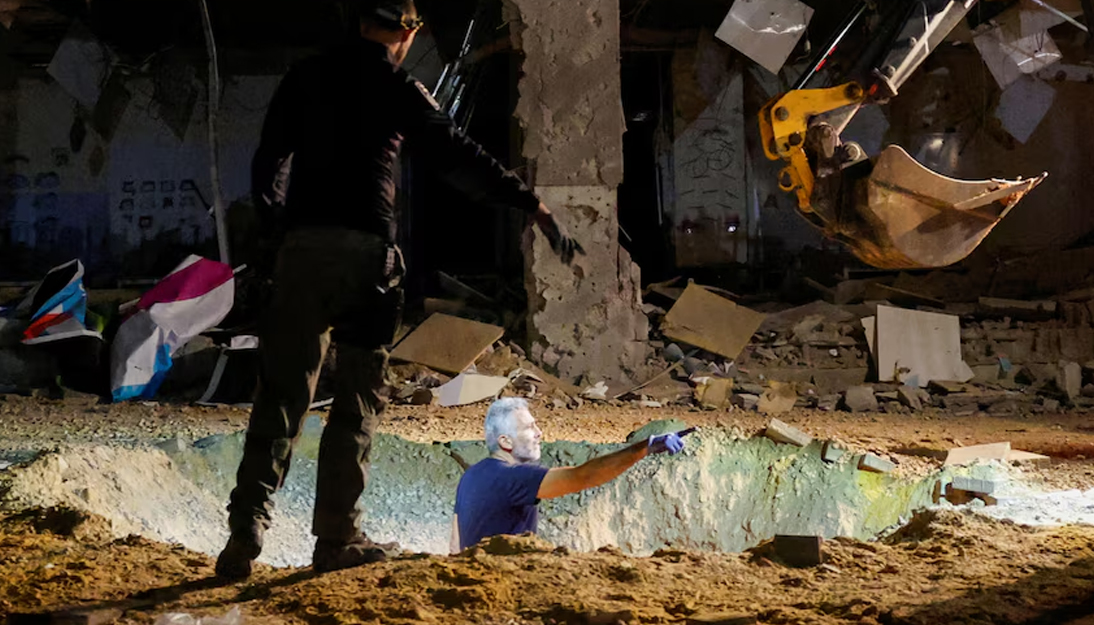
Looking Ahead
The situation remains volatile, with both Israel and Iran issuing warnings of potential further action. While Israel’s defense systems proved effective, experts have cautioned that larger or more concentrated missile strikes could overwhelm these systems, potentially leading to more significant damage.

Washington has vowed to support Israel and ensure Iran faces “severe consequences” for the attack. With tensions escalating, the international community is watching closely for signs of further conflict in the region.

